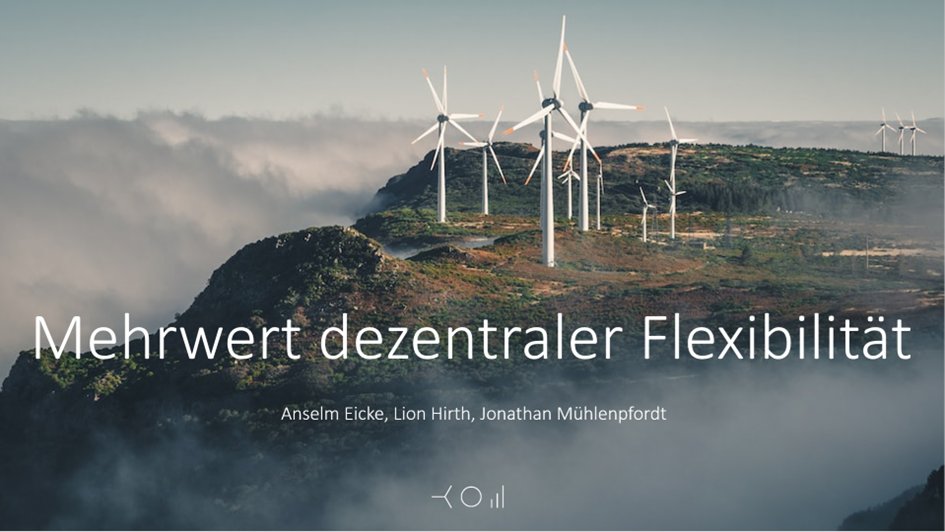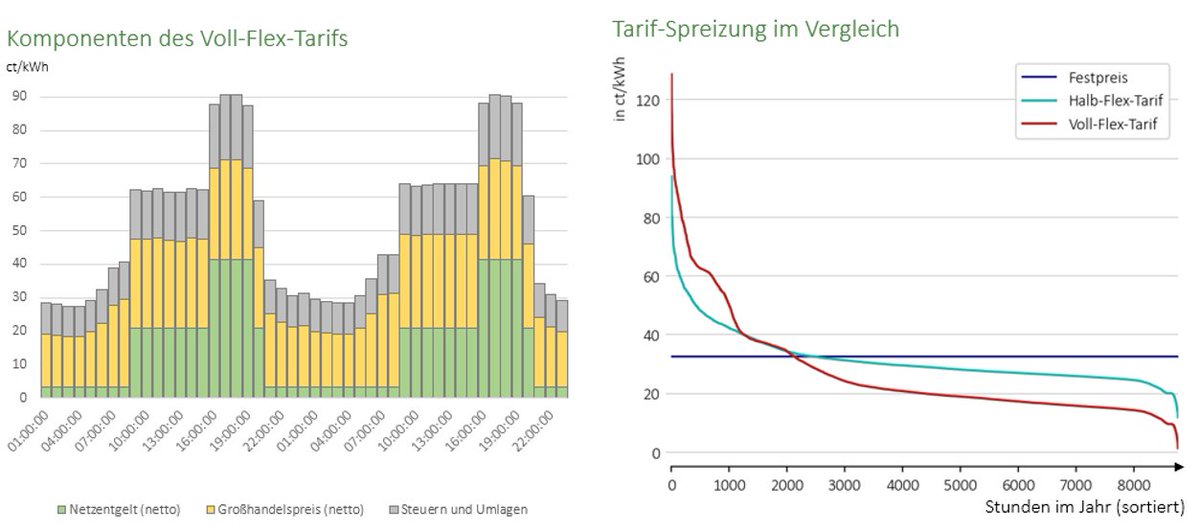Cal-23 #TTF prices have topped 250 €/MWh this week. Everyone agrees that’s crazy, but what does that mean?
Some have suggested to cap the price, i.e. set an administrative price cap on the European wholesale market for gas. What would happen then?
Some have suggested to cap the price, i.e. set an administrative price cap on the European wholesale market for gas. What would happen then?

First, supply.
North-West European gas markets have been decoupled from the world market around April.
Russian supply does not respond to prices, Norwegian supply is running at full capacity, and so are LNG terminals. We are an island. And will remain one well into 2023.
North-West European gas markets have been decoupled from the world market around April.
Russian supply does not respond to prices, Norwegian supply is running at full capacity, and so are LNG terminals. We are an island. And will remain one well into 2023.
Second, price formation.
This implies prices are currently set by demand. That means, prices rise until demand is reduced enough to match whatever supply is there.
This implies prices are currently set by demand. That means, prices rise until demand is reduced enough to match whatever supply is there.

Third, a price cap.
If you put a legal ceiling on the price for gas, demand will exceed supply. Any price cap must come along with additional policies that reduce demand accordingly. If that comes too late, we will be physically running out of gas like sooner or later.
If you put a legal ceiling on the price for gas, demand will exceed supply. Any price cap must come along with additional policies that reduce demand accordingly. If that comes too late, we will be physically running out of gas like sooner or later.

Forth, no price cap.
What if reverse the order? *First* do the savings policy and *then* introduce the price cap? Here comes the magic: If you reduce consumption by the same amount that you need to do anyway, prices will fall automatically, without the need to introduce a cap.
What if reverse the order? *First* do the savings policy and *then* introduce the price cap? Here comes the magic: If you reduce consumption by the same amount that you need to do anyway, prices will fall automatically, without the need to introduce a cap.

Bottom line: If you introduce a gas price cap, you need to introduce savings policies. If you introduce those savings policies, the cap is obsolete. End 

• • •
Missing some Tweet in this thread? You can try to
force a refresh















